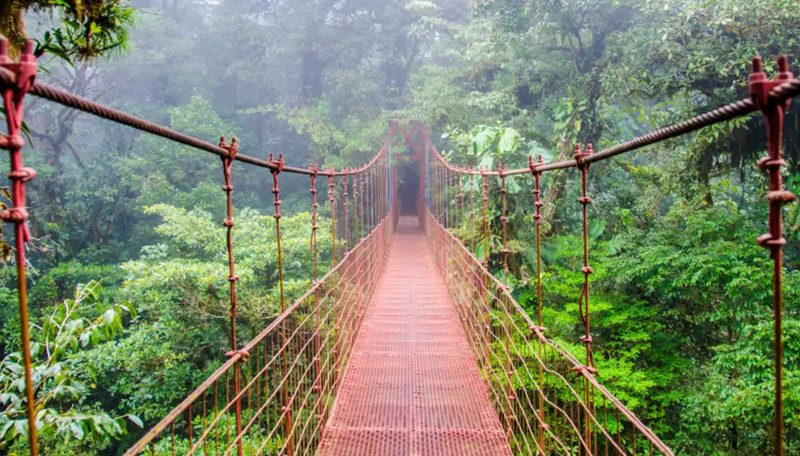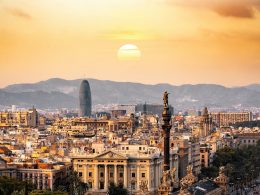Ecotourism is becoming more popular and important than ever as places around the world are beginning to disappear forever due to environmental changes.
Ecotourism destinations ensure that travelers explore these places responsibly while allowing them to see some of the most extreme and beautiful natural wonders around the world.
Some governments are now using the money pumped into the economy by tourists to preserve and conserve their country’s natural environment. Have a look at the top 9 ecotourism destinations around the world.
9. Gothenburg, Sweden
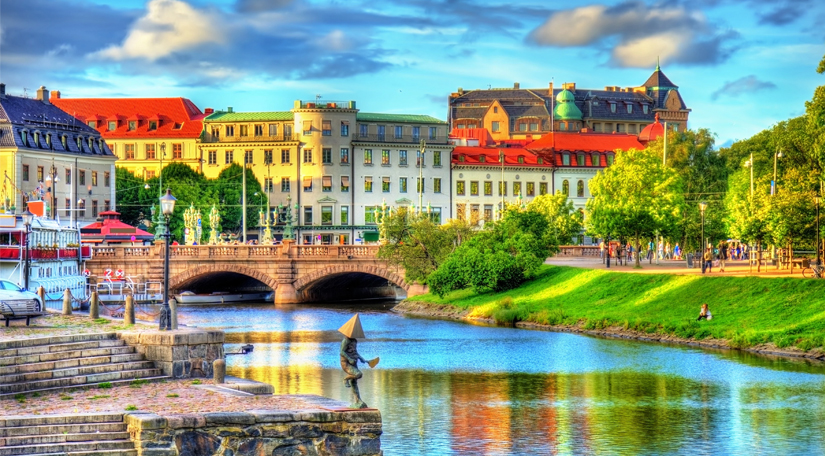
Considered one of the top sustainable destinations globally in recent years, Gothenburg is the second-largest city in Sweden.
Over 90 percent of the hotels are eco-certified, and a majority of the former industrial port town’s public transport today runs on renewable energy.
The city of Gothenburg offers vast breathing spaces in the form of meadows, hiking trails, and parks as it is surrounded by thick forests.
8. Galapagos Islands, Ecuador
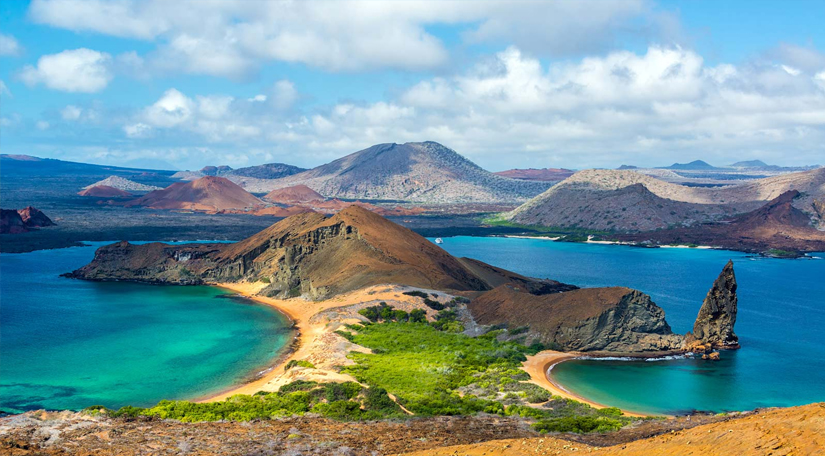
An archipelago of volcanic islands in the Pacific Ocean and home to a host of unique iguanas and lizards, Galapagos Islands is one of the world’s richest destinations for biodiversity.
Here’s an interesting fact: the theory of evolution by Charles Darwin was inspired by a visit to these islands back in 1835.
Consisting of thousands of species of unusual and endemic flora and fauna, the islands have a delicate ecosystem. The tourism authorities allow only a limited number of tourists to access the islands on a daily basis.
7. Gunung Mulu National Park, Malaysia
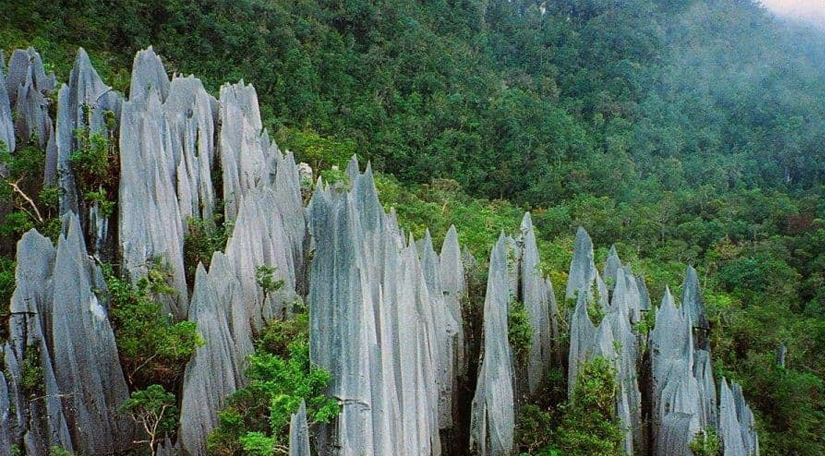
Famous for its extensive cave networks and rich biodiversity, Gunung Mulu National Park is nestled on the island of Borneo in the State of Sarawak.
Home to lofty peaks, deep gorges, serene rivers, it is a UNESCO World Heritage Site and Pinnacles-like unique geological formations, which are a forest of spires made of limestones.
There are several adventure activities available to try like adventure caving, hiking, canopy walking, and more.
6. Dingvellir National Park, Iceland
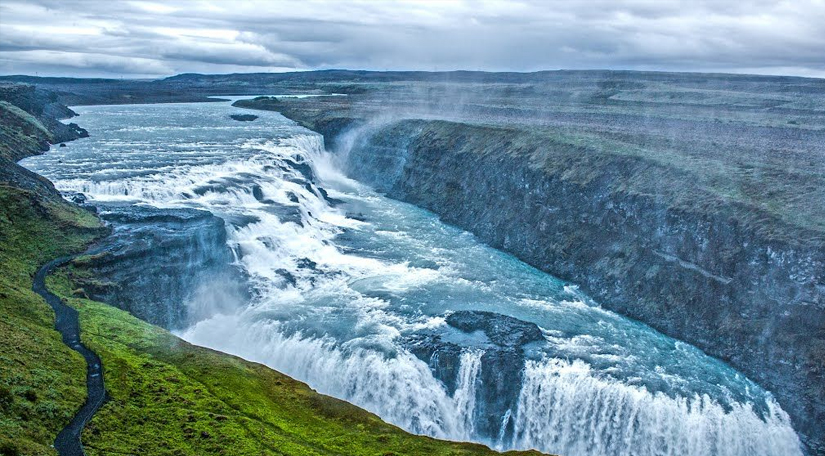
One of the most visited and iconic places on the Icelandic mainland, this national park is pronounced “Thingvellir”.
Dingvellir National Park offers breathtaking views of Lake Þingvallavatn at one end, mountains on three sides, and lava fields dotted with lush grass.
You truly have to see it to believe in the beauty of this UNESCO World Heritage Site.
The park is managed by the Umhverfisstofnun environmental agency, which focuses on the use of sustainable resources to maintain the region’s ecological purity and balance the tourist footfall as much as possible.
5. Donsol And Peleliu, Philippines
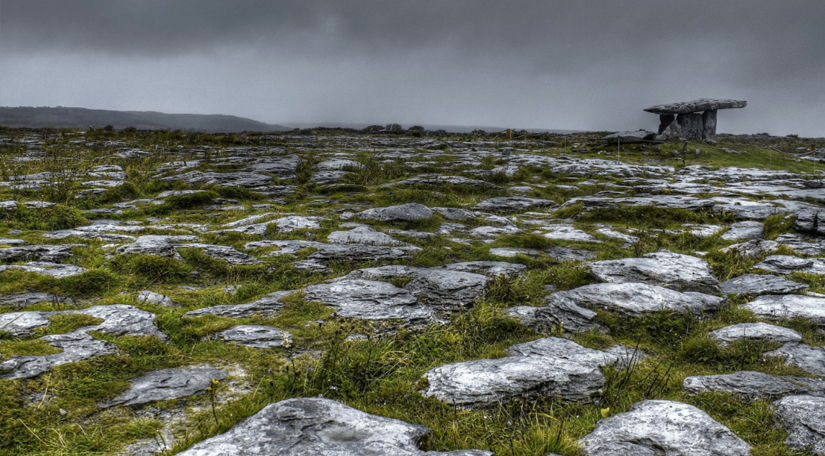
Due to locals who try to preserve their population in the region, the Donsol metropolis facilitates ecotourism by allowing a limited number of visitors to swim with the whale sharks.
The best thing about this place is that one can experience scuba diving with manta rays. Similarly, a place called Peleliu is the best for kayaking and to come across stingless jellyfish and spinner dolphins.
4. Kaziranga National Park, India
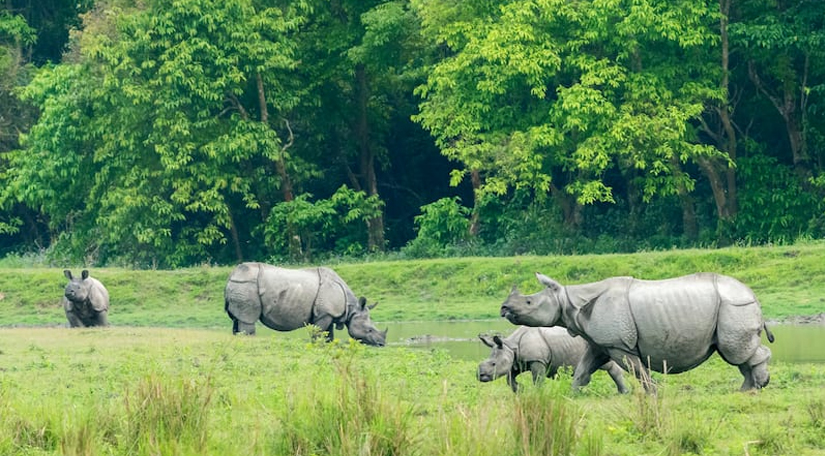
An honored national park in India, Kaziranga is a dwindling zone of Assam that has no scarcity of discrete plants and animals.
It is the best example of ecotourism in India, which generates an ideal atmosphere for the existence of flora and fauna with its marshlands, long elephant grasslands, and thick tropical moist forest.
With its grand body and its magnetic horn, the attractiveness of the Greater One Horned Rhinoceros will make you fall in love with this gigantic animal. If you are lucky enough, you can also come through a tiger.
3. Monteverde Cloud Forest, Costa Rica
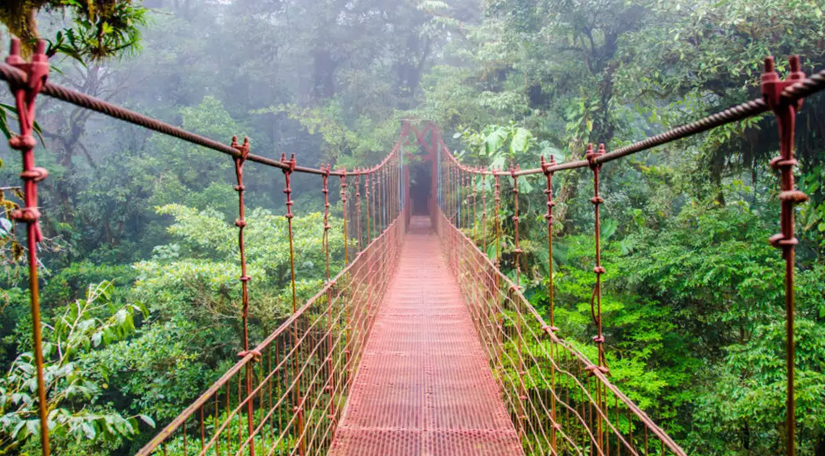
Costa Rica is a haven for conscious travelers with tons of ecotourism activities. Costa Rica has also conserved one-fourth of its area as national parks, reserves, and protected areas.
Home to several endemic flora and fauna species, the Monteverde Cloud Forest Reserve is a safe haven for over 1200 species of reptiles and amphibians, 100 species of mammals, and 400 species of avifauna.
2. Great Barrier Reef, Australia
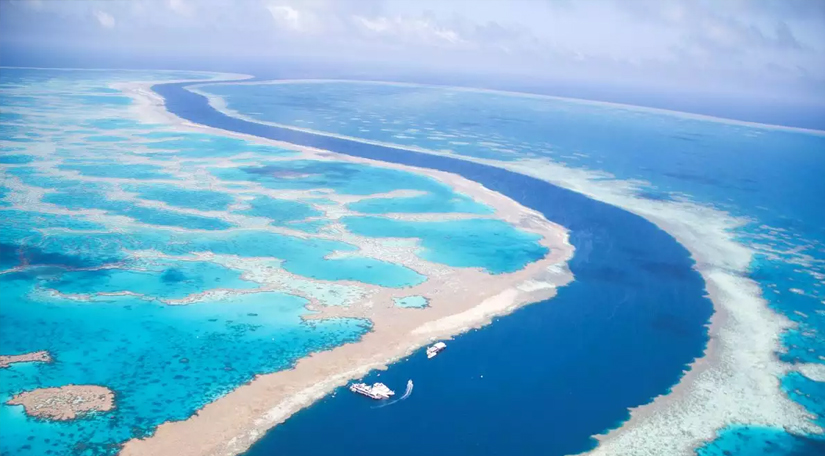
The Great Barrier Reef is arguably the world’s most famous and largest coral reef ecosystem. It has been under threat for a few years now because of global warming, excess fishing, and pollution.
Home to diverse marine life including 1500 species of fish and 4000 species of mollusks, the Great Barrier Reef is now on a slow path of recovery.
The islands spread around the reef have started practicing ecotourism in controlled ways that help fund conservation by boosting the economy.
1. Koh Kong, Cambodia
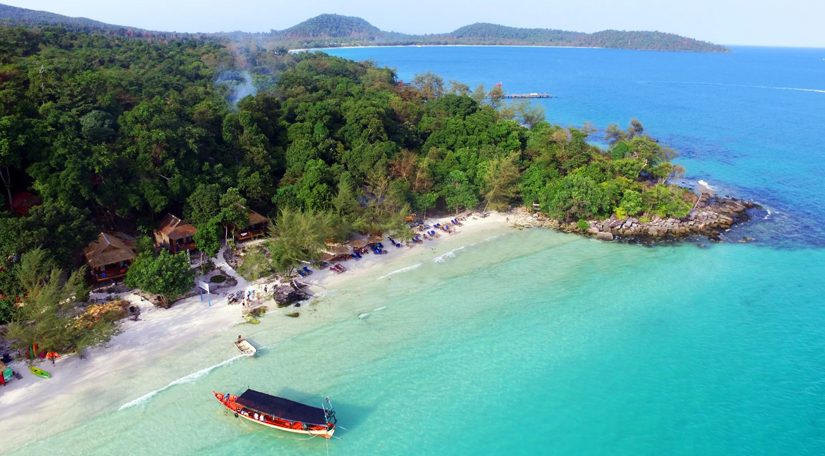
One of the popular ecotourism destinations in Southeast Asia, Koh Kong is a hidden gem and boasts sandy beaches, tropical islands, dense mangrove forests, crystal-clear rivers, rich biodiversity, and several threatened species.
Located near the border with Thailand, Koh Kong offers eco-friendly hotels and restaurants where visitors can enjoy their visit to Cambodia.
Also, there are many exciting water activities that tourists can try their hands on such as kayaking, snorkeling, and trekking.





